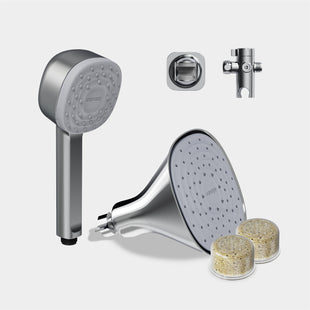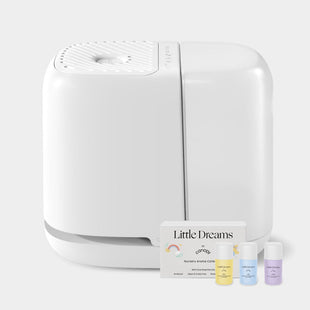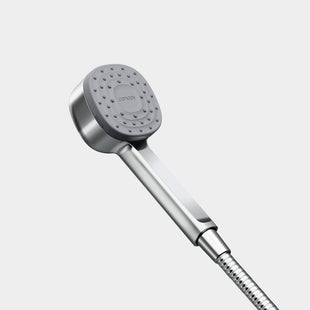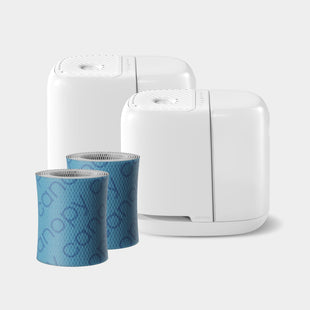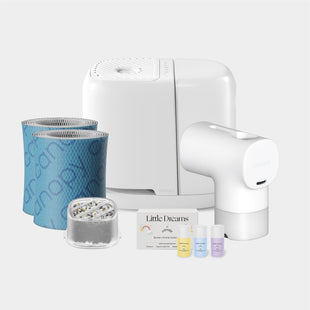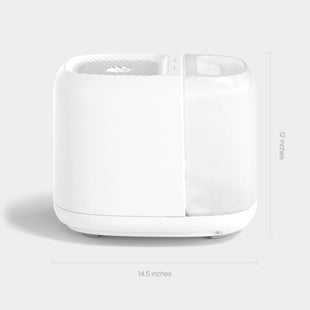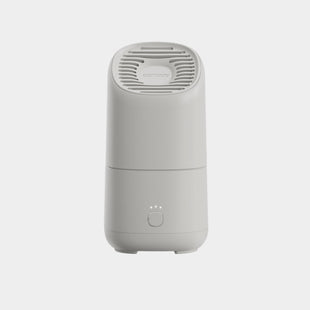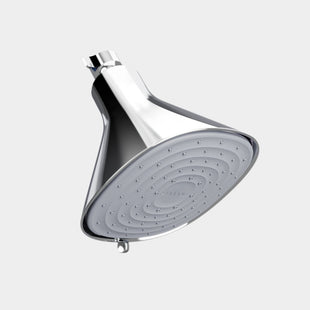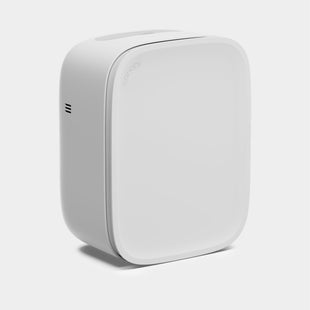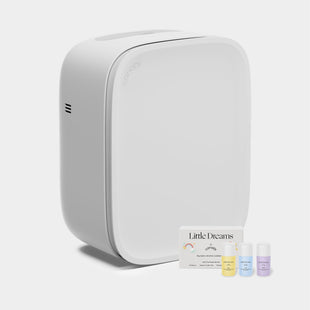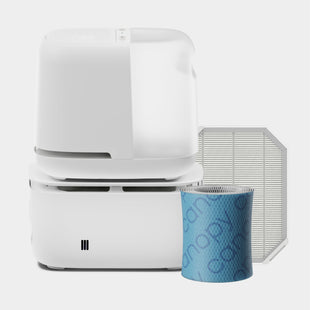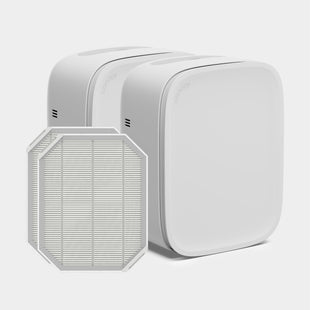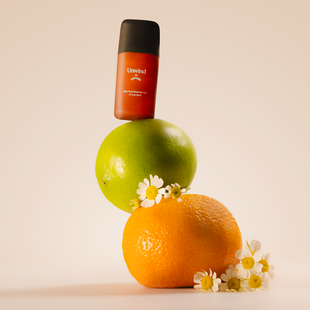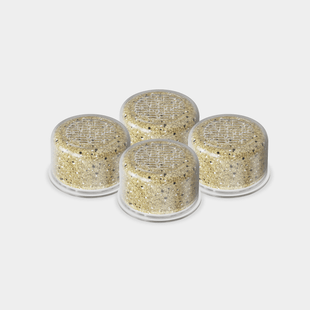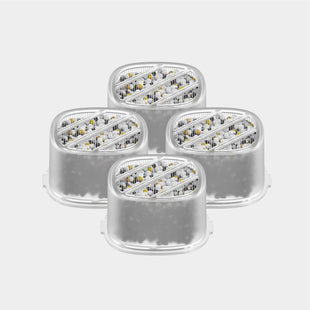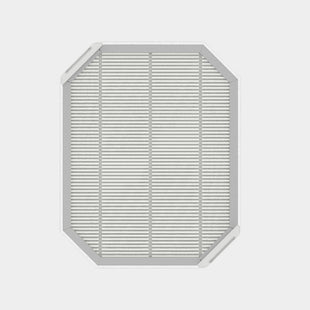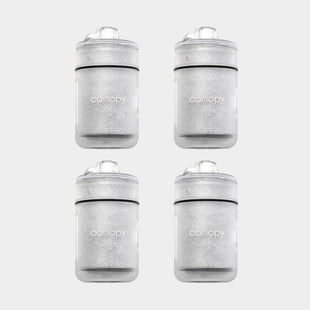Every parent knows that babies have delicate, sensitive skin and do everything they can to protect it. Seeing changes in your baby’s skin, like a rash or signs of dryness, can seem alarming at first. But if your newborn has developed flaky skin on their scalp, it’s probably a common, harmless condition known as cradle cap. Here’s what you should know about identifying cradle cap and treating it at home.
What Is Cradle Cap?
Medically known as infantile seborrheic dermatitis, cradle cap is essentially baby dandruff. It’s characterized by rough, flaky patches on the scalp. While its appearance may surprise you initially, cradle cap isn’t painful for babies or contagious. It may appear as redness at first, followed by white or yellowish patches of skin. Typically, the condition occurs in newborns before they turn three months old and disappears before their first birthday.
Why Do Babies Get Cradle Cap?

Some experts believe hormones that pass from the mother to the baby can lead to the overproduction of sebum, resulting in excess skin buildup. It’s also suspected that a specific strain of yeast, Malassezia, could be to blame. No matter the case, cradle cap isn’t caused by poor hygiene, and it’s widespread. The condition is seen in up to 70% of babies and typically requires no medical intervention.
Cradle Cap Remedies to Try at Home
Since typical hormonal factors likely cause it, the goal isn’t finding out how to prevent cradle cap but what we can do to treat it. While it’s OK to wait for your infant to outgrow the condition, many parents try home remedies so their babies can have a smooth scalp and minimize the risk of developing a more severe case. Of course, any rash that worsens or appears to be irritating your little one warrants a call to the pediatrician.
Fortunately, you can try many simple cradle cap treatments at home.
Shampoo Regularly
Washing your baby’s scalp can loosen skin flakes, but shampooing too frequently can cause dryness and increase oil production. Therefore, it’s a good idea to wash your little one’s hair two to three times a week, gently rubbing the scalp as you do so.
Try an Oil Massage
Oil can help to moisturize the scalp and loosen scales. Apply coconut oil, petroleum jelly, or baby oil, and allow it to sit for 15 minutes. Then, use shampoo and warm water to wash it away.
Brush the Scalp
A soft-bristled baby brush can help to draw out flakes of skin. Use light strokes to gently rub the brush over the scalp. A warm, wet washcloth works, too.
Run a Humidifier
Dry indoor air can cause cradle cap to worsen. The drier the skin is, the more the oil glands will work to produce sebum. Ensuring your indoor air has optimal humidity levels (40-60%) is essential.
Running a humidifier in your baby’s nursery is an excellent way to control cradle cap, but it can also help to keep the rest of their skin healthy and prevent issues like congestion. Just be sure to choose a baby-friendly humidifier that’s easy to clean and has an automatic shut-off feature.
Canopy is proud to make the cleanest humidifier on the market, making our nursery humidifier the perfect choice for your little one. With no-mist technology, mold-inhibiting* design inside the humidifier, and hassle-free cleaning, it’s the best option for busy parents looking to maintain a healthy environment for their little ones. The nursery starter bundle also includes our Little Dreams aroma kit, featuring an energizing and refreshing citrus scent and a soothing lavender scent.
*Mold inhibition limited to device interior. Does not treat air or environment. 3rd party lab-tested with Aspergillus niger (ATCC 6275, 16404).

